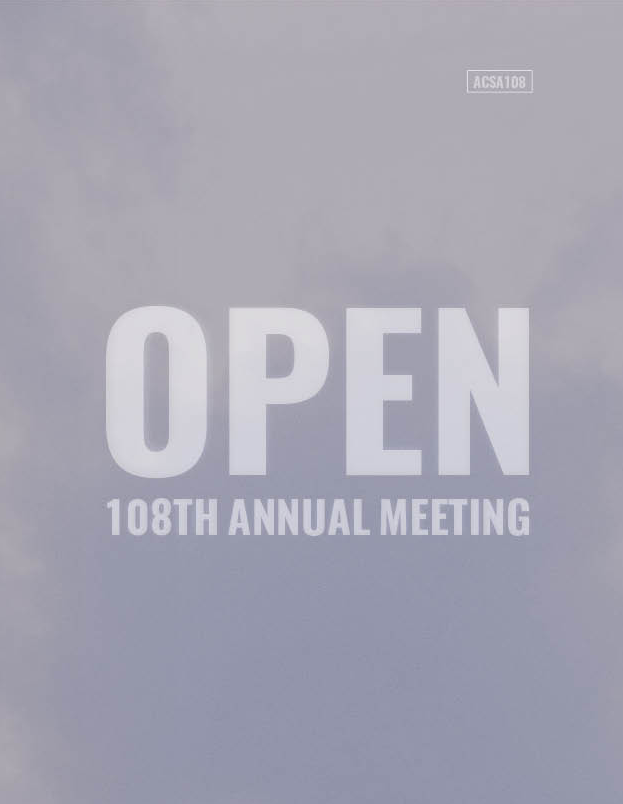Author(s): Ryan Ludwig
This paper considers architecture as the creator of interior atmosphere-environments capable of cultivating spaces conducive to maintaining life through the mediation of variable external stimuli, but equally as possible is the articulation of this potential towards the construction of spaces intent on occasioning death. Architecture conceived with this awareness requires a rethinking of parameters, moving beyond the visual modalities of geometry, composition, icon or style, to instead utilize various qualitative materials like temperature, light intensity, relative humidity, air composition, air pressure, auditory and olfactory stimuli. This understanding is what Reyner Banham has called an “environmentalist” approach. These two oppositional potentials of architecture’s capacity as a creator of atmosphere-environments are considered in this paper first through examining a brief history of the development and design of the greenhouse – beginning as temporary wood structures assembled around planted specimens, to the development of permanent structures incorporating heating and ventilating technologies, to the iconic 19th century greenhouses with their greater use of glass and cast iron structure. In juxtaposition to the greenhouse is an examination of the development and design of the gas chamber – first adopted in the U.S. by the state of Nevada in 1921 pursuant of a more humane method of execution, but later advanced by the Nazis during WWII for the mass execution of Jews, minority groups and political prisoners. The radical potential of these two opposing typologies of interior meteorological construction, although each originating from substantially different moments and circumstances of history, both technologically mediate the external environment towards the explicit creation of an interior atmosphere-environment intent on affecting inhabitants – how this potential is utilized as this paper describes is de¬pendent upon those in a place of power capable of enacting such effects on life.
https://doi.org/10.35483/ACSA.AM.108.78
Volume Editors
ISBN
978-1-944214-26-5

 Study Architecture
Study Architecture  ProPEL
ProPEL 
